Home>Renovation & DIY>Home Renovation Guides>How To Insulate A Sunroom Floor


Home Renovation Guides
How To Insulate A Sunroom Floor
Published: January 17, 2024
Learn how to insulate your sunroom floor with our comprehensive home renovation guide. Get step-by-step instructions and expert tips. Start your project today!
(Many of the links in this article redirect to a specific reviewed product. Your purchase of these products through affiliate links helps to generate commission for Storables.com, at no extra cost. Learn more)
Introduction
So, you've decided to transform your sunroom into a cozy haven, but before you can revel in its warmth and comfort, insulating the floor is a crucial step. Proper insulation not only ensures a comfortable indoor environment year-round but also helps to reduce energy costs. In this comprehensive guide, we'll walk through the process of insulating your sunroom floor, from choosing the right insulation material to the installation process. By the end of this article, you'll be well-equipped to tackle this home improvement project with confidence and efficiency.
Insulating a sunroom floor is a task that requires careful consideration of various factors, including the existing flooring material, the climate in your region, and the intended use of the sunroom. Whether you plan to use the space as a reading nook, a play area, or an extension of your living space, proper insulation is essential for creating a comfortable and inviting environment.
Before diving into the specifics of insulating a sunroom floor, it's important to understand the benefits of this home improvement project. By effectively insulating the floor, you can minimize heat loss during the colder months and prevent heat gain during the warmer months. This not only enhances the overall comfort of the sunroom but also contributes to energy efficiency, ultimately leading to cost savings on heating and cooling expenses.
Additionally, insulating the sunroom floor can help to mitigate moisture issues, such as condensation and dampness, which can compromise the durability of the flooring material and create an uncomfortable indoor environment. By taking the time to properly insulate the floor, you can create a space that is not only inviting and comfortable but also resilient against the elements.
Now that we've established the importance of insulating your sunroom floor, let's delve into the essential steps and considerations for this home renovation project. From selecting the right insulation material to the final installation, we'll guide you through the process, providing valuable insights and practical tips along the way. So, roll up your sleeves and get ready to transform your sunroom into a welcoming retreat for year-round enjoyment.
Key Takeaways:
- Transform your sunroom into a cozy haven by insulating the floor. Choose the right insulation material and prepare the floor for a comfortable and energy-efficient living space.
- Consider radiant floor heating and solar heat gain to enhance the comfort and functionality of your sunroom. Choose flooring materials wisely and integrate insulation with aesthetic elements for a welcoming retreat.
Read more: How To Insulate A Sunroom
Choosing the Right Insulation Material
When it comes to insulating a sunroom floor, selecting the appropriate insulation material is a pivotal decision that can significantly impact the overall effectiveness and longevity of the insulation. There are several insulation options available, each with its own unique properties and suitability for different environments and flooring types. Here are some popular insulation materials to consider:
- Fiberglass Insulation: This type of insulation, made from fine glass fibers, is a common choice for its affordability and relatively easy installation. Fiberglass insulation is available in batts or rolls and provides excellent thermal resistance, making it well-suited for sunroom floors in moderate to cold climates.
- Foam Board Insulation: Foam boards, such as expanded polystyrene (EPS) or extruded polystyrene (XPS), offer high compressive strength and moisture resistance, making them ideal for sunroom floors that may be exposed to moisture or require additional structural support.
- Spray Foam Insulation: This expanding foam insulation provides a seamless and airtight barrier when applied, effectively sealing gaps and voids to prevent air infiltration. It is particularly beneficial for filling irregular spaces and creating a continuous thermal barrier.
- Cork Insulation: Cork is a sustainable and natural insulating material that offers thermal and acoustic insulation properties. It is an eco-friendly option that can add a touch of warmth and comfort to the sunroom floor while reducing impact noise.
- Rigid Mineral Wool Insulation: With excellent fire resistance and sound-absorbing qualities, rigid mineral wool insulation is a durable option that can enhance the safety and acoustic performance of the sunroom floor.
When choosing the right insulation material for your sunroom floor, it’s essential to consider factors such as the local climate, moisture levels, and the specific requirements of the sunroom space. Additionally, take into account the compatibility of the insulation material with the existing or planned flooring, ensuring that it complements the overall design and functionality of the sunroom.
Before making a final decision, consult with a professional insulation contractor or home renovation expert to assess the unique needs of your sunroom and receive personalized recommendations based on your preferences and budget. By carefully evaluating the available insulation materials and their suitability for your sunroom floor, you can make an informed choice that aligns with your goals for creating a comfortable and energy-efficient living space.
Preparing the Sunroom Floor
Before diving into the insulation installation process, it’s crucial to prepare the sunroom floor to ensure a smooth and effective application of the chosen insulation material. Proper preparation not only facilitates the installation but also contributes to the long-term performance and durability of the insulation. Here are the essential steps for preparing the sunroom floor:
- Clearing the Space: Begin by removing any furniture, rugs, or other items from the sunroom floor. Clearing the space allows for unrestricted access and minimizes the risk of damage to belongings during the preparation and installation process.
- Cleaning and Leveling: Thoroughly clean the sunroom floor to remove any dust, debris, or adhesive residues that may impede the insulation installation. Additionally, ensure that the floor surface is level and free of any irregularities that could affect the integrity of the insulation or the subsequent flooring material.
- Inspecting for Moisture: Check the sunroom floor for signs of moisture or water intrusion. Address any underlying moisture issues before proceeding with the insulation installation to prevent potential damage to the insulation and the flooring material.
- Sealing Gaps and Cracks: Carefully inspect the perimeter and subfloor of the sunroom for gaps, cracks, or openings that could allow air or moisture to penetrate. Seal these areas with an appropriate sealant or caulking to create a continuous barrier and enhance the overall insulation effectiveness.
- Assessing Subfloor Compatibility: Evaluate the type and condition of the existing subfloor to ensure compatibility with the chosen insulation material. If necessary, make any repairs or modifications to the subfloor to optimize its support and structural integrity for the insulation installation.
By meticulously preparing the sunroom floor before installing the insulation, you can create an optimal foundation for the insulation material, maximizing its performance and longevity. Additionally, addressing any underlying issues and ensuring a clean, level surface sets the stage for a seamless and successful insulation installation process.
As you prepare the sunroom floor, keep in mind that attention to detail and thoroughness can significantly impact the overall outcome of the insulation project. Taking the time to complete these preparatory steps lays the groundwork for a well-insulated and inviting sunroom that enhances the comfort and enjoyment of your living space.
Consider using rigid foam insulation boards to insulate the sunroom floor. These boards are easy to install and provide effective insulation to keep the room comfortable.
Installing the Insulation
With the sunroom floor properly prepared, it’s time to embark on the installation of the chosen insulation material. The installation process plays a pivotal role in determining the effectiveness and durability of the insulation, making it essential to follow best practices and guidelines. Whether you opt for fiberglass insulation, foam board insulation, spray foam insulation, or another material, the following steps provide a general overview of the insulation installation process:
- Measuring and Cutting: Begin by measuring the dimensions of the sunroom floor and cutting the insulation material to fit the space accurately. Take precise measurements to minimize waste and ensure a snug fit between the insulation and the subfloor.
- Placing the Insulation: Carefully lay the cut pieces of insulation material across the sunroom floor, ensuring complete coverage and minimal gaps between the insulation sections. If using multiple layers of insulation, stagger the seams to enhance the overall thermal performance.
- Securing the Insulation: Depending on the type of insulation material, secure the insulation in place using appropriate fastening methods. For example, fiberglass batts may require stapling to the subfloor, while foam board insulation can be glued or mechanically fastened for stability.
- Sealing Joints and Gaps: Pay close attention to sealing any joints, edges, or penetrations in the insulation to create a continuous thermal barrier. Use compatible sealing materials to prevent air leakage and optimize the insulation’s performance.
- Considering Vapor Barriers: In regions with high humidity or moisture levels, consider incorporating a vapor barrier between the insulation and the subsequent flooring material to prevent condensation and moisture-related issues.
Throughout the insulation installation process, prioritize precision, thorough coverage, and airtight sealing to maximize the insulation’s effectiveness in regulating temperature and minimizing energy loss. Additionally, adhere to any specific recommendations or requirements provided by the insulation material manufacturer to ensure proper installation and performance.
As you proceed with the insulation installation, take the time to inspect the workmanship and address any potential issues or gaps to achieve a well-insulated and energy-efficient sunroom floor. By approaching the installation with care and attention to detail, you can create a comfortable and inviting space that enhances the overall livability of your home.
Additional Tips for Insulating a Sunroom Floor
As you embark on the journey of insulating your sunroom floor, incorporating additional tips and considerations can elevate the overall outcome of the project and contribute to a more effective and enduring insulation solution. Here are valuable tips to enhance the insulation process and optimize the comfort and functionality of your sunroom:
- Consider Radiant Floor Heating: If you’re aiming to create a luxuriously cozy sunroom, explore the option of integrating radiant floor heating with your insulation. Radiant heating systems can be installed beneath the insulated floor, providing gentle, consistent warmth for a truly inviting space.
- Evaluate Solar Heat Gain: Assess the sunroom’s orientation and exposure to sunlight to determine the potential for solar heat gain. By strategically managing solar heat gain through shading or reflective treatments, you can complement the insulation’s performance and enhance the overall comfort of the sunroom.
- Choose Flooring Materials Wisely: Select flooring materials that not only complement the insulation but also contribute to the thermal comfort and visual appeal of the sunroom. Consider options such as cork, engineered wood, or ceramic tile that offer durability and thermal efficiency.
- Enhance Sound Insulation: If the sunroom serves as a relaxation or entertainment space, incorporate sound-insulating materials or underlayment to minimize noise transmission and create a serene environment for unwinding or socializing.
- Integrate Insulation with Aesthetic Elements: Explore creative ways to integrate the insulation with aesthetic features, such as built-in seating or decorative floor patterns, to seamlessly blend comfort and style in your sunroom.
Furthermore, consulting with experienced contractors or interior designers can provide valuable insights and tailored recommendations for optimizing the insulation and overall design of your sunroom. By leveraging their expertise, you can refine your approach and achieve a well-insulated sunroom that aligns with your vision and lifestyle.
As you implement these additional tips, keep in mind that the goal is to create a sunroom that not only offers thermal comfort and energy efficiency but also reflects your personal style and enhances the enjoyment of your living space. By combining practical insulation strategies with thoughtful design considerations, you can transform your sunroom into a cherished retreat for relaxation, recreation, and connection with the outdoors.
Read more: What Kind Of Flooring For A Sunroom
Conclusion
Insulating a sunroom floor is a transformative endeavor that holds the potential to elevate the comfort, energy efficiency, and aesthetic appeal of your home. By carefully selecting the right insulation material, meticulously preparing the sunroom floor, and executing a thorough installation, you can create a welcoming and functional space that seamlessly integrates with your lifestyle and design preferences.
Throughout the insulation process, it’s essential to consider the unique characteristics of your sunroom, including its intended use, local climate, and exposure to sunlight. By tailoring the insulation approach to these factors, you can optimize the thermal performance and overall livability of the sunroom, ensuring year-round comfort for you and your family.
Additionally, integrating supplemental tips, such as exploring radiant floor heating, managing solar heat gain, and harmonizing insulation with aesthetic elements, can further enhance the functionality and ambiance of the sunroom. These considerations go beyond mere insulation, offering a holistic approach to creating a space that nurtures relaxation, social gatherings, and a seamless connection with the outdoors.
As you embark on the journey of insulating your sunroom floor, remember that attention to detail, thoughtful planning, and a touch of creativity can yield remarkable results. Whether you envision a tranquil reading nook, a vibrant entertainment area, or a serene retreat, the insulation of your sunroom floor sets the stage for realizing your vision of an inviting and energy-efficient living space.
Ultimately, by embracing the process of insulating your sunroom floor with enthusiasm and precision, you are not only enhancing the comfort and value of your home but also creating a haven that beckons with warmth, style, and enduring appeal.
Frequently Asked Questions about How To Insulate A Sunroom Floor
Was this page helpful?
At Storables.com, we guarantee accurate and reliable information. Our content, validated by Expert Board Contributors, is crafted following stringent Editorial Policies. We're committed to providing you with well-researched, expert-backed insights for all your informational needs.
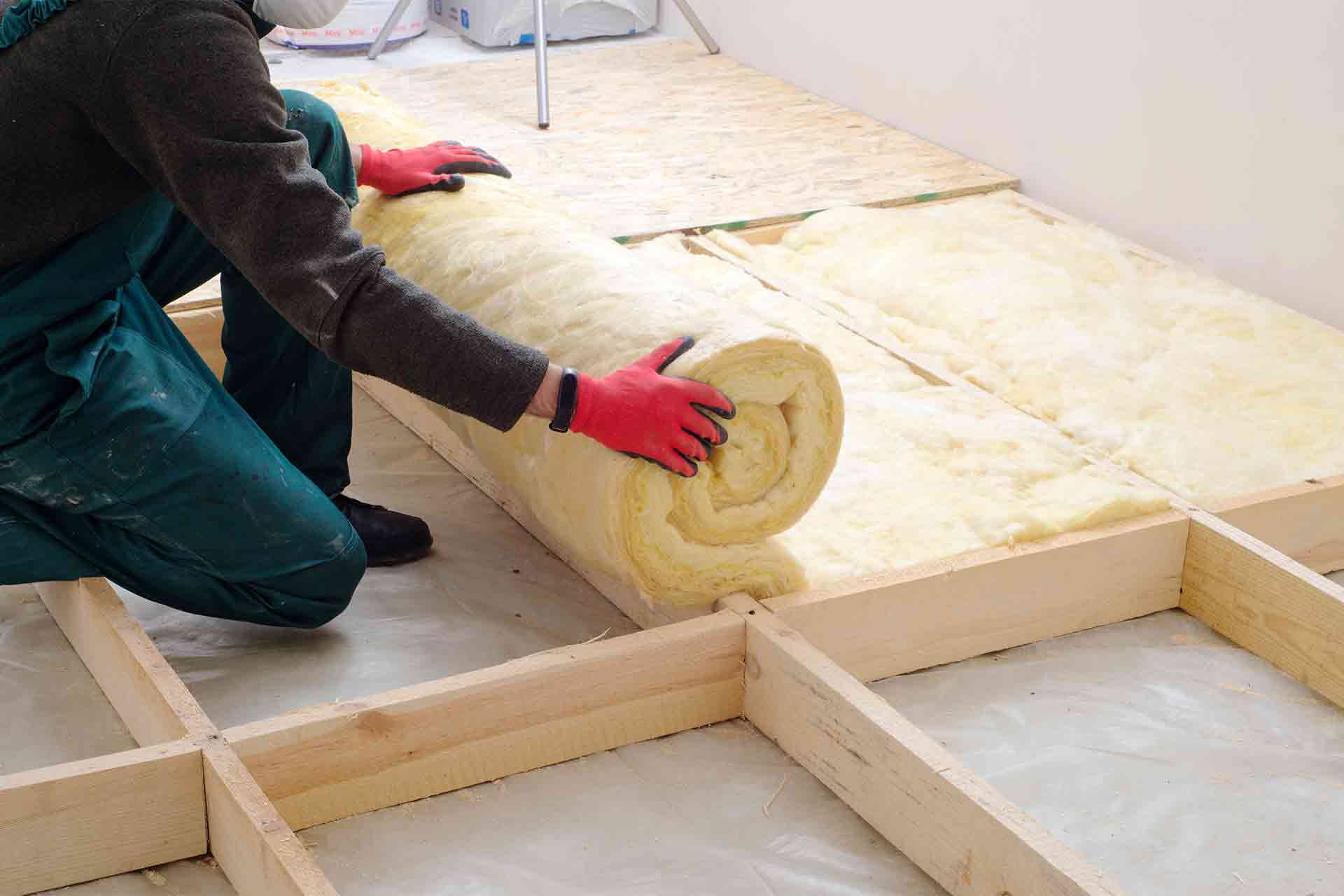
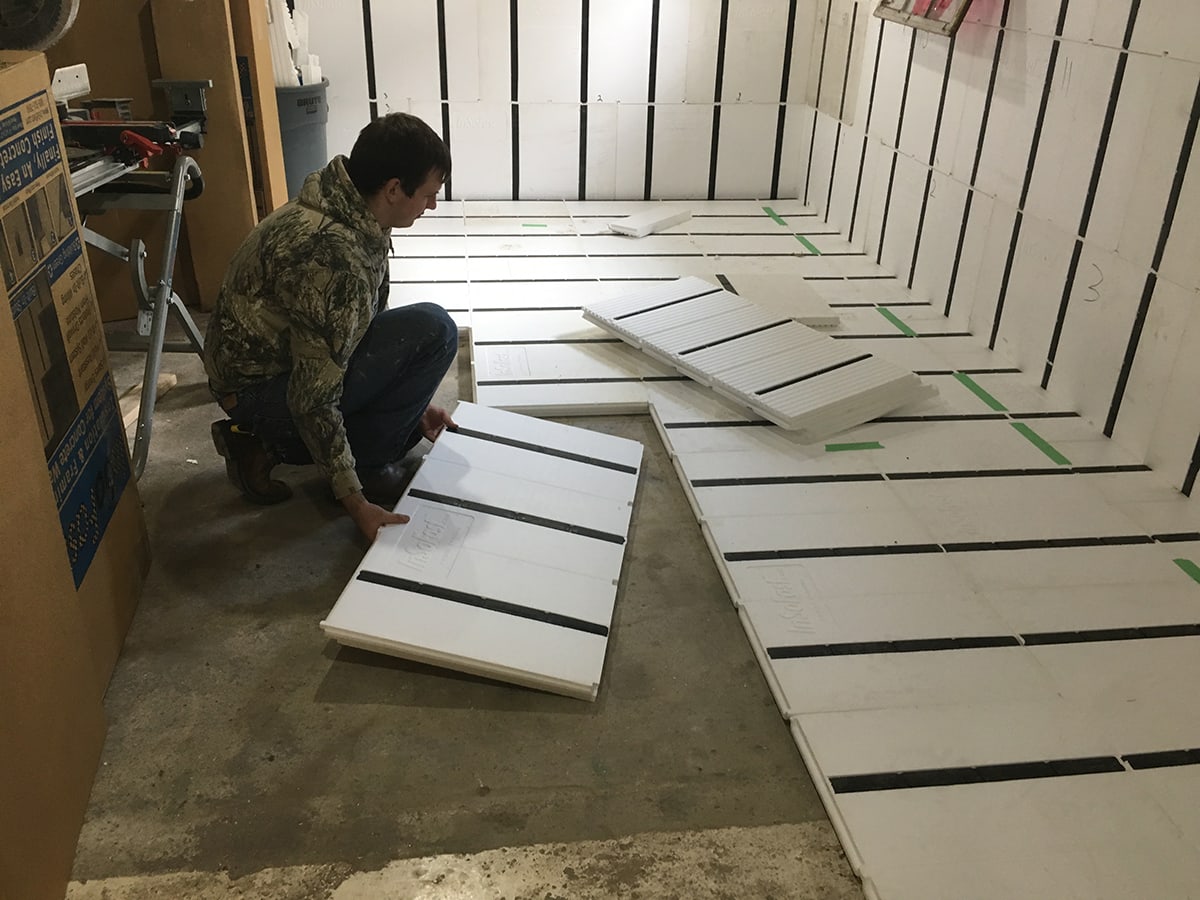
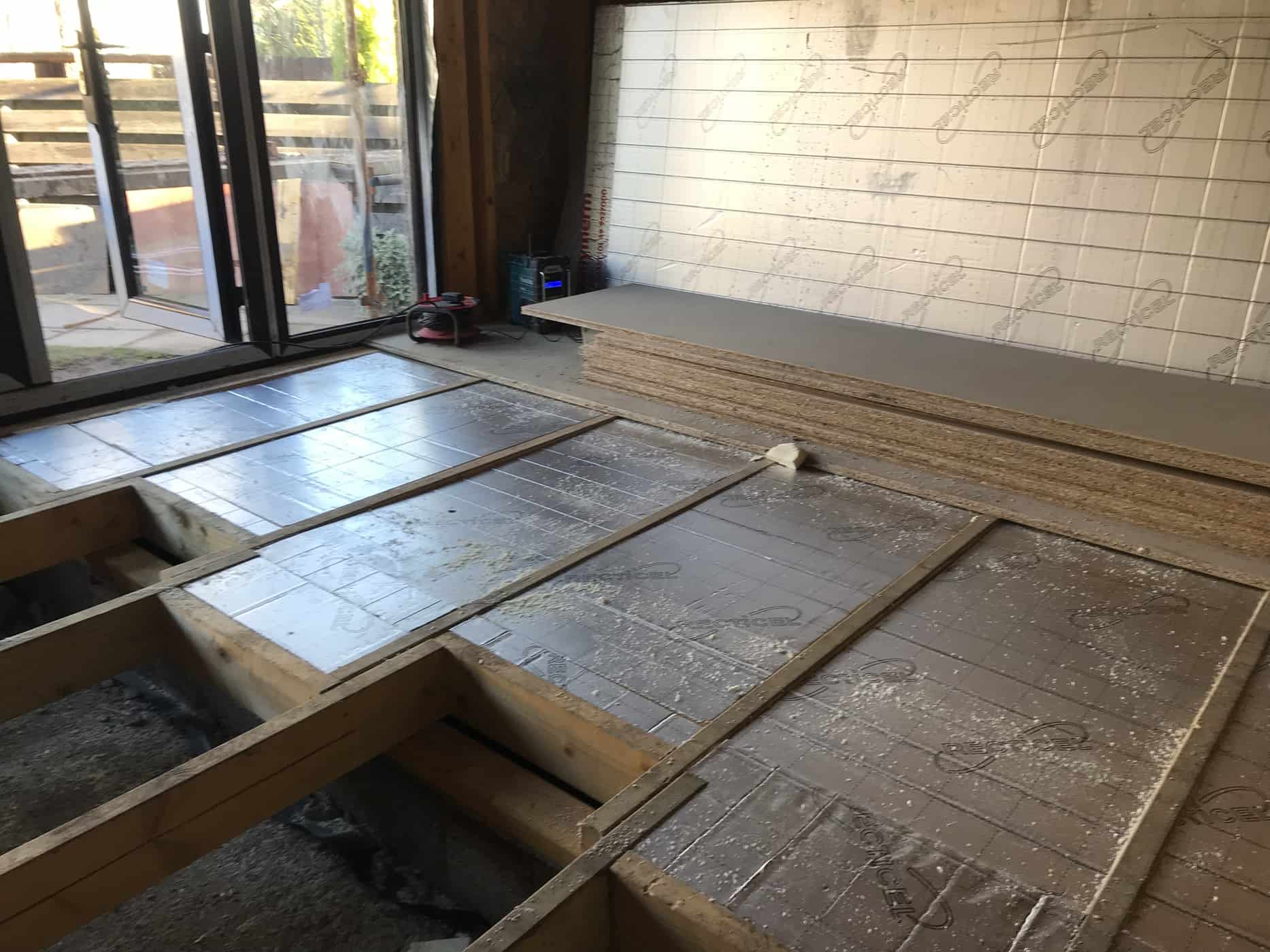
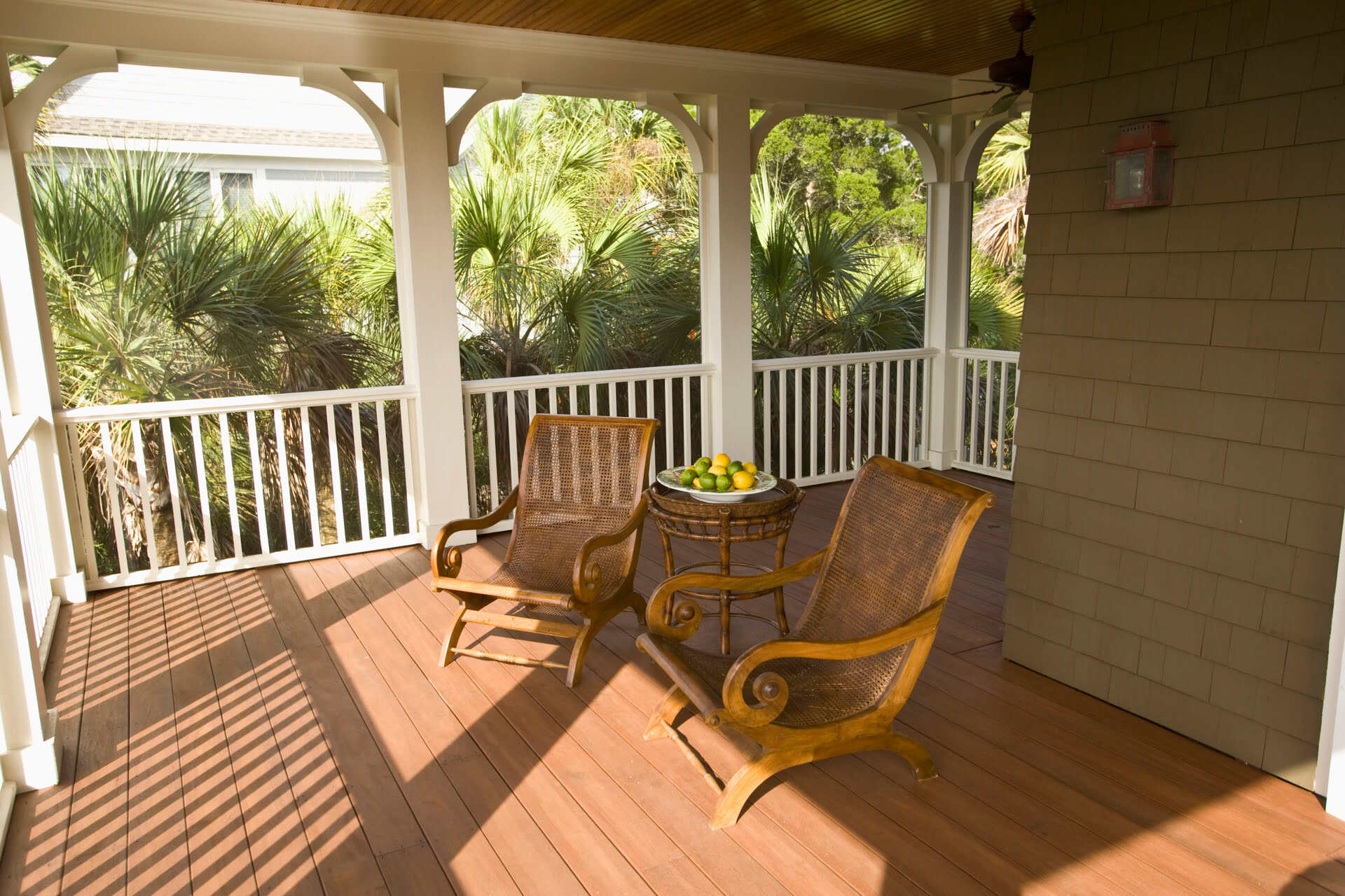
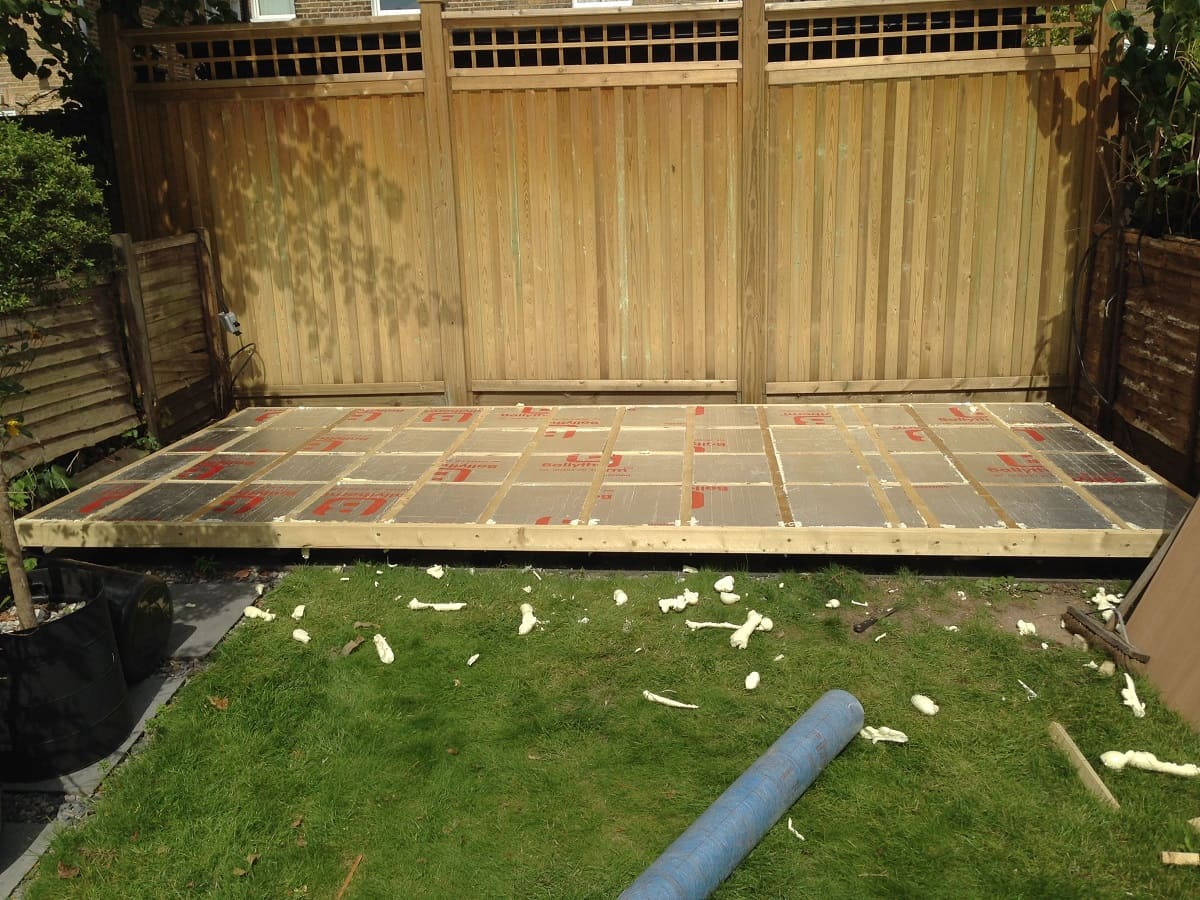
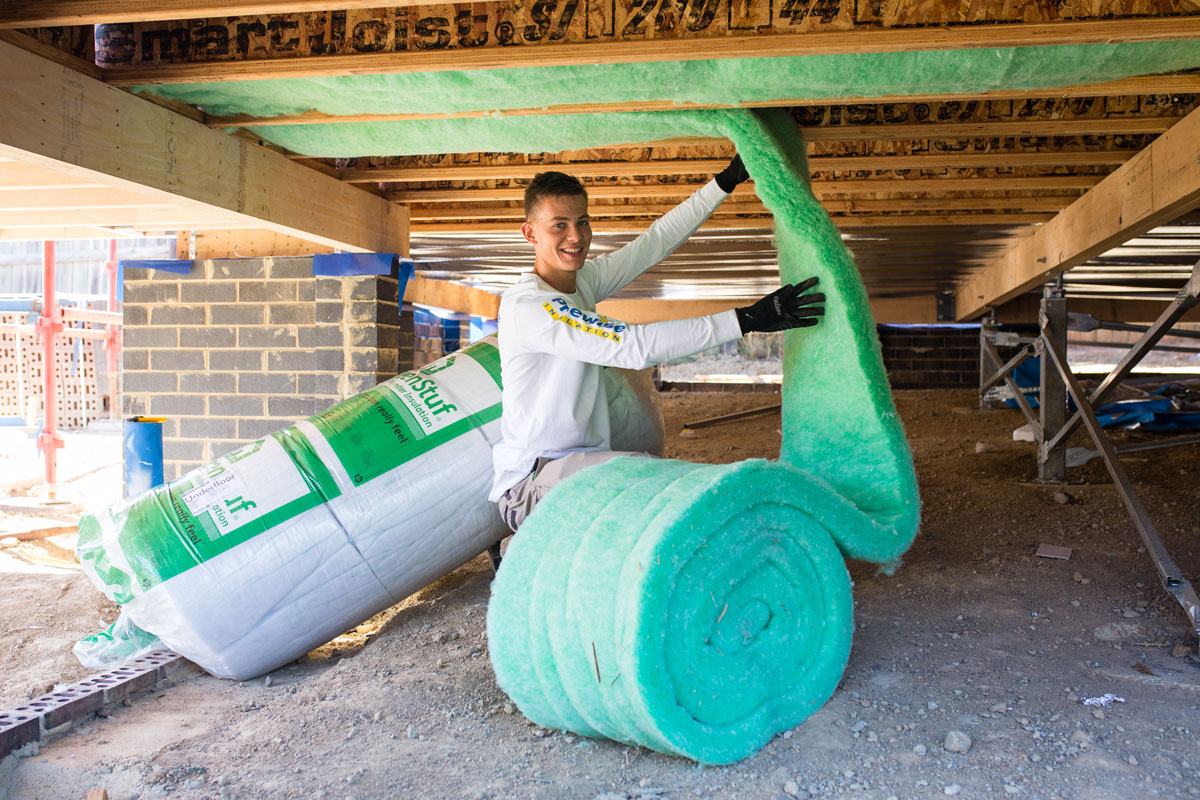
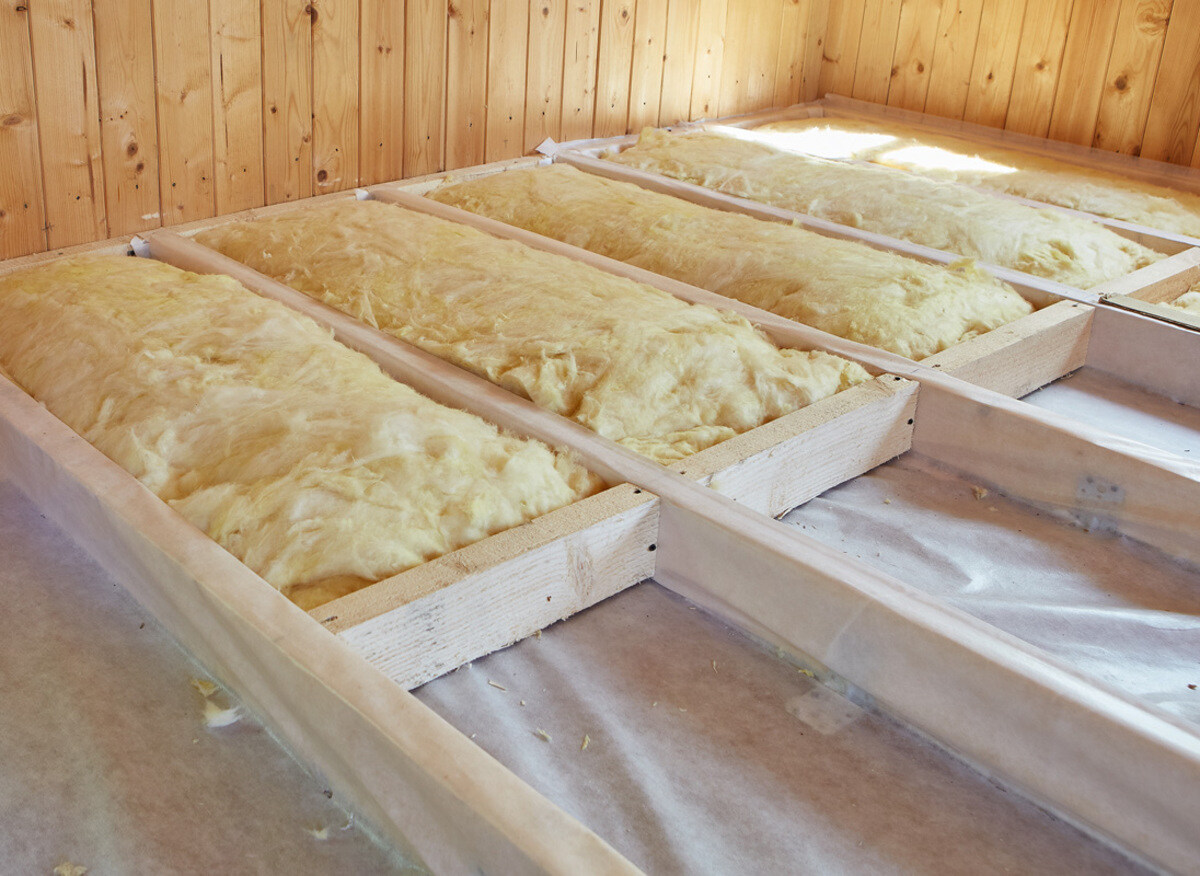
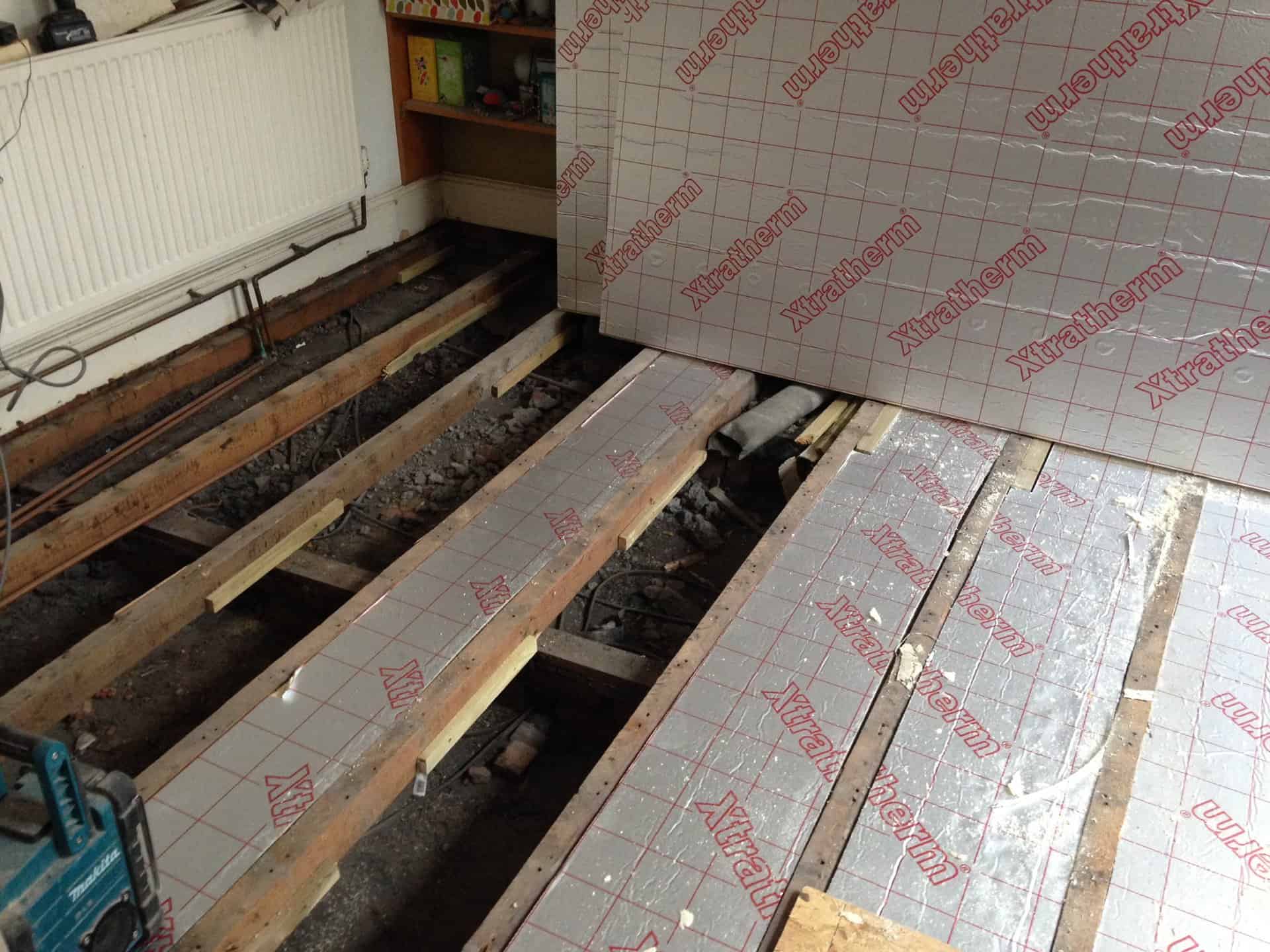


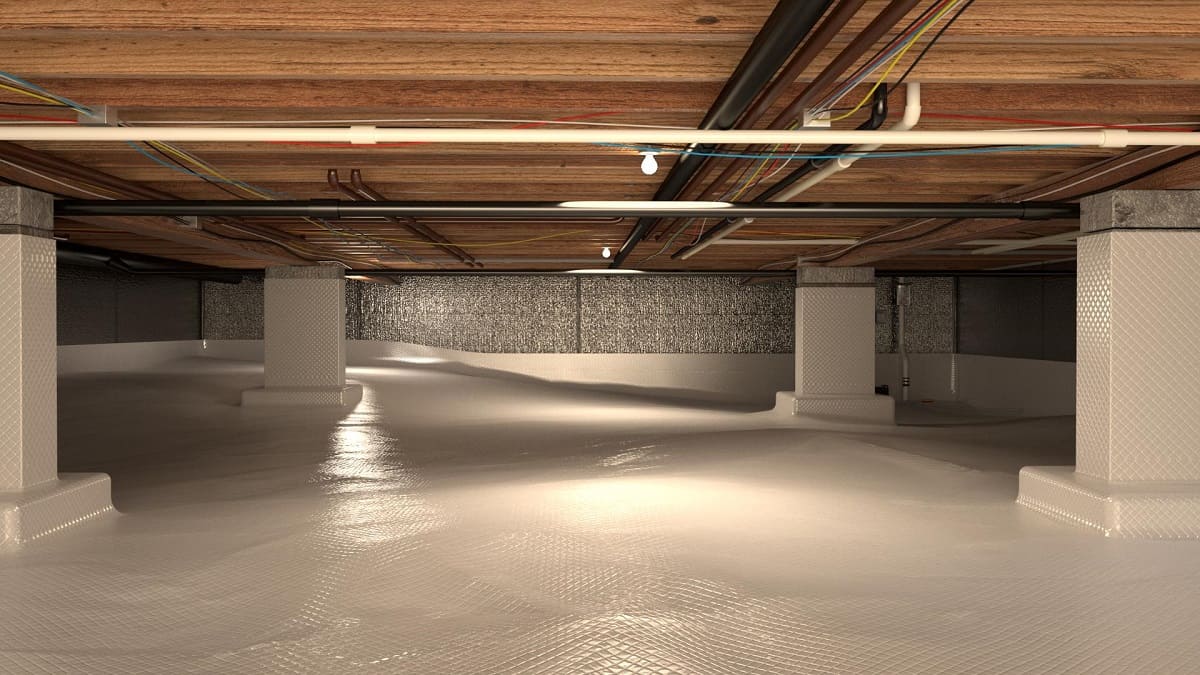
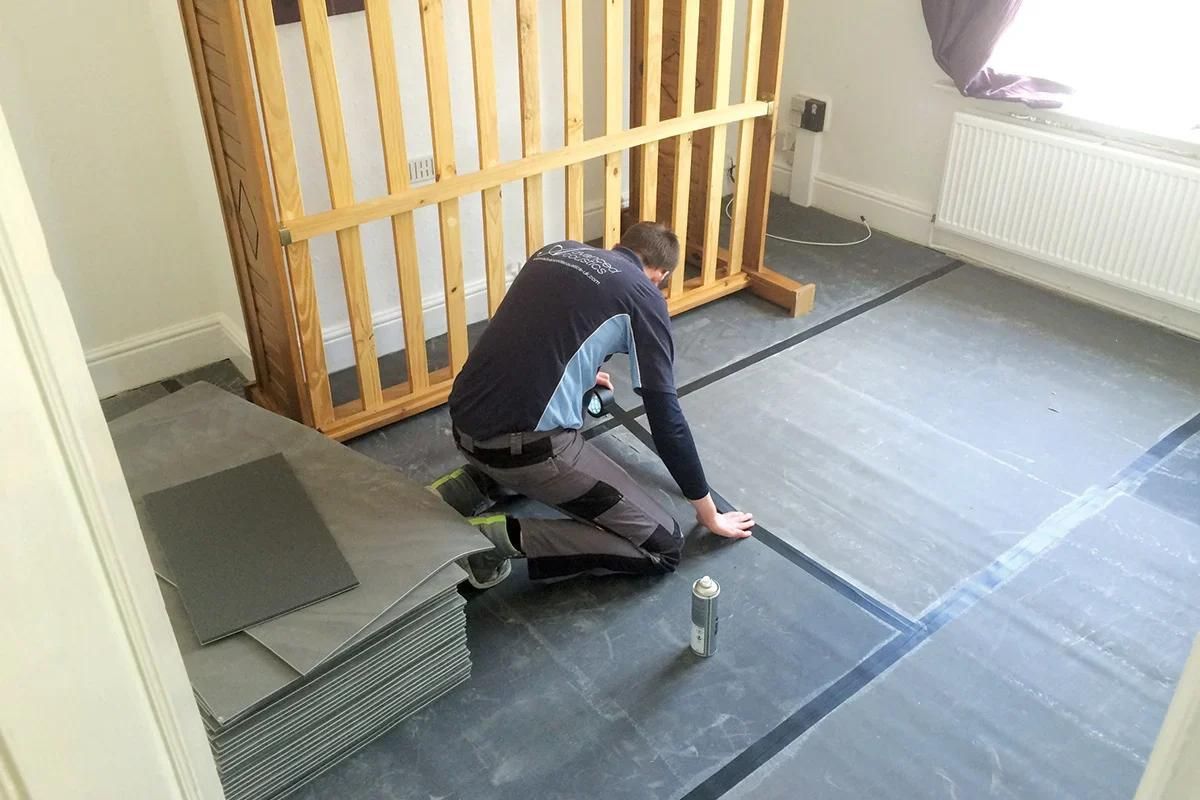

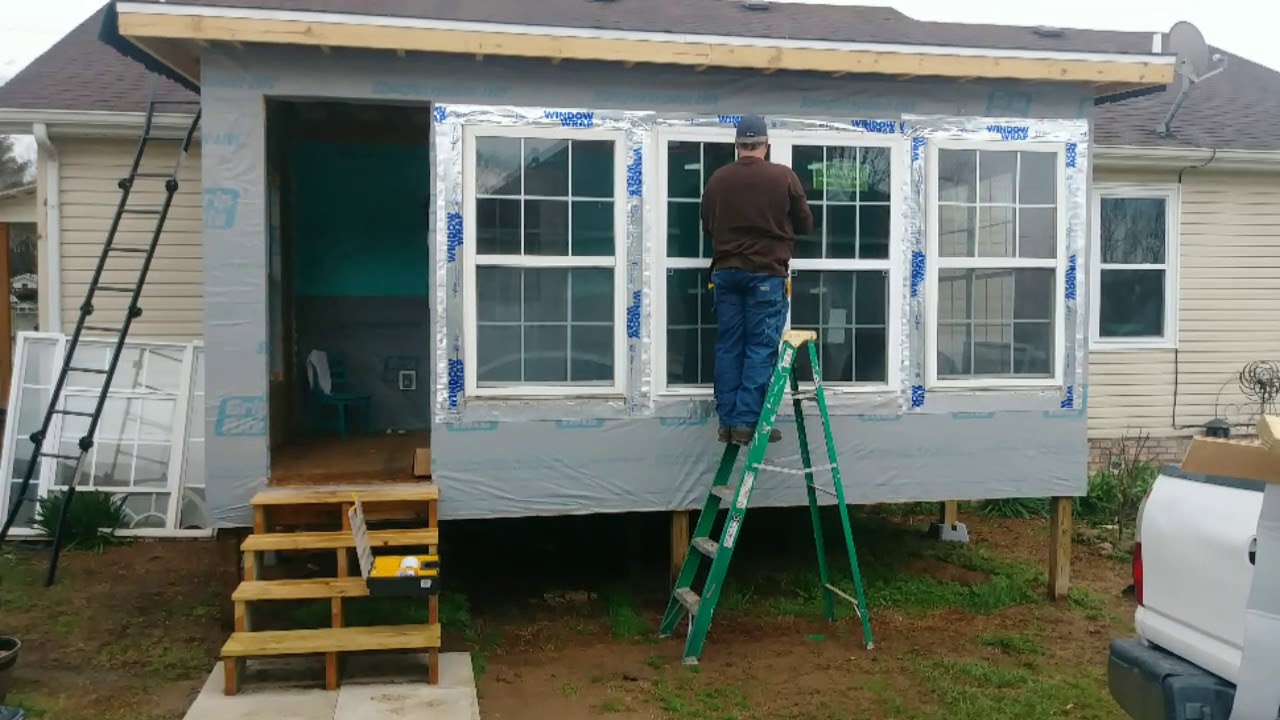

0 thoughts on “How To Insulate A Sunroom Floor”